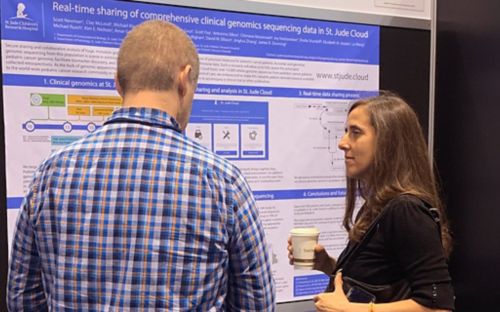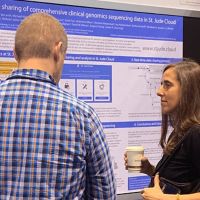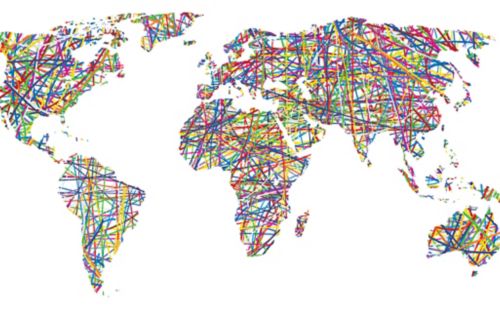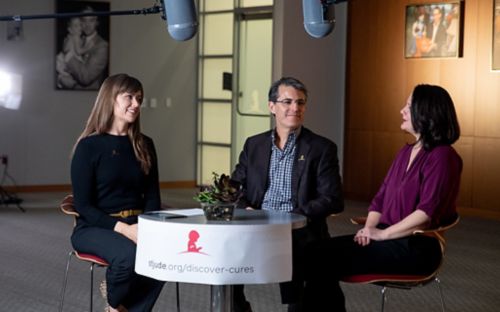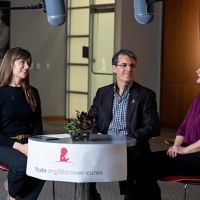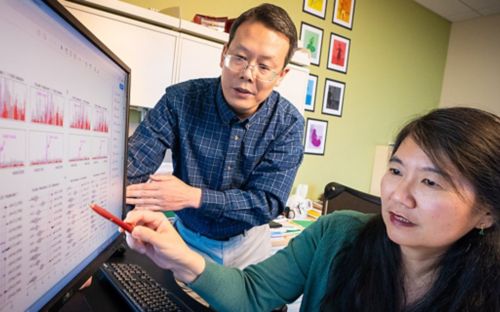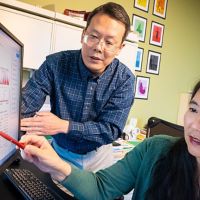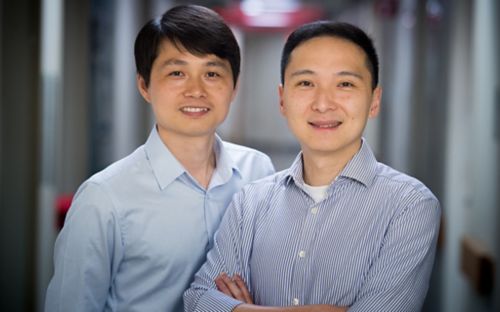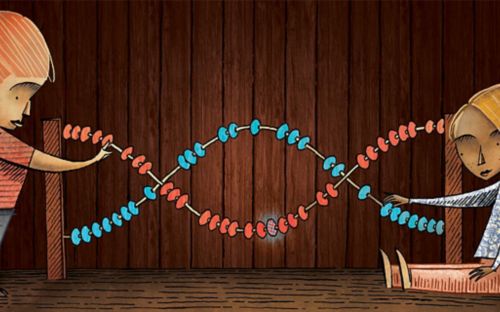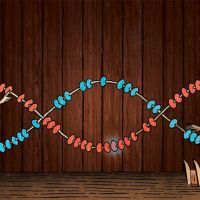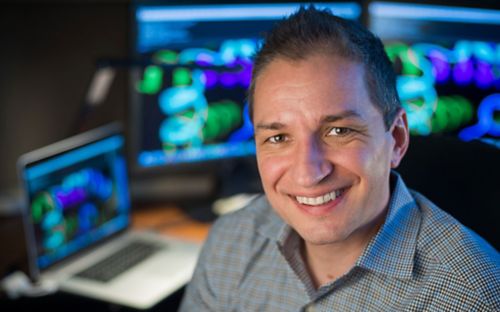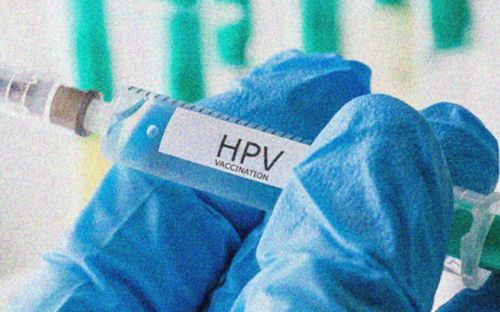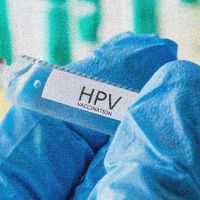Sarah Currie, RNC, MSN, NEA-BC
Senior Vice President and Chief Nursing Executive

Sarah Currie, RNC, MSN, NEA-BC, is a Senior Vice President and Chief Nursing Executive of St. Jude Children’s Research Hospital.
Stories by Sarah Currie
Researchers introduce real-time clinical genomics data using St. Jude Cloud platform at 2019 ASCO annual meeting
Scott Newman, PhD, shares the release of real-time clinical genomics data through the St. Jude Cloud platform at the 2019 American Society of Clinical Oncology (ASCO) meeting in Chicago, Illinois.
Collaboration is the key to fighting childhood cancer worldwide
The biggest factor in childhood cancer survival is where you’re born. This group is doing something to ensure that doesn’t matter.
Resources, collaboration: two components of great research
Read how this woman coordinates and sometimes invents resources at this top research facility to help scientists doing critical work.
Researchers develop method to dramatically reduce error rate in next-generation sequencing
It’s easier to find a needle in a haystack when you take away the hay – read how this research team is reducing gene sequencing errors.
Genetic variations in a fourth gene linked to elevated leukemia risk in Hispanic children
Read how ancestry plays a role in determining your risk for cancer. In the case of Hispanic children, researchers found an increased risk of leukemia.
Gene therapy: Scientific breakthrough and a legacy of a cure
Read about the work from a goal – to a treatment – to a cure – and one scientist’s legacy.
Pediatric melanoma mystery solved by genome sequencing research
Two pediatric melanoma cases diagnosed a year apart reveal a new genetic driver of the disease. Read more about this spitzoid melanoma work.
From evolutionary biology to immunology via bioinformatics
Immunologists turn to Jeremy Crawford, PhD, when planning complex experiments or re-analyzing collected data. Learn about his bioinformatics career.
Researchers identify new molecular triggers for cell’s 'executioner'
Read how this molecule rips the “skin” of the cell to kill it, and how research is learning how this power is unleased.
The HPV vaccine can prevent more than 31,000 cancer cases a year. This is why I care so much.
The HPV vaccine can prevent more than 31,000 cancer cases a year. After losing a friend to cancer, I made sure her children were protected from the virus.
